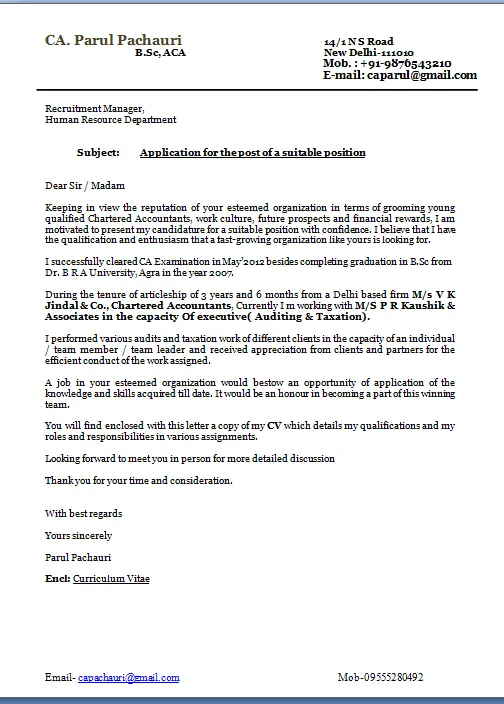What is a Cover Letter for a Resume?
A cover letter is a crucial document that accompanies your resume when applying for a job. It serves as a personalized introduction, allowing you to elaborate on your qualifications, skills, and experiences in a way that a resume alone cannot. Think of it as your opportunity to make a strong first impression and convince the hiring manager that you are the ideal candidate for the position. Unlike a resume which is a concise summary, a cover letter lets you tell a story and demonstrate how your background aligns with the specific requirements of the job. It’s your chance to show personality, enthusiasm, and a genuine interest in the company and the role.
The Importance of a Cover Letter
In today’s competitive job market, a well-crafted cover letter can significantly increase your chances of getting noticed by potential employers. It provides context to your resume, explaining why you’re a good fit for the role beyond just listing your skills and experiences. The cover letter highlights your unique value proposition and helps you stand out from the many other applicants vying for the same position. Furthermore, it demonstrates your communication skills, attention to detail, and your understanding of the company and the job. By taking the time to write a compelling cover letter, you signal to the hiring manager that you are truly interested in the opportunity and have taken the initiative to go the extra mile.
Cover Letter Structure Step-by-Step
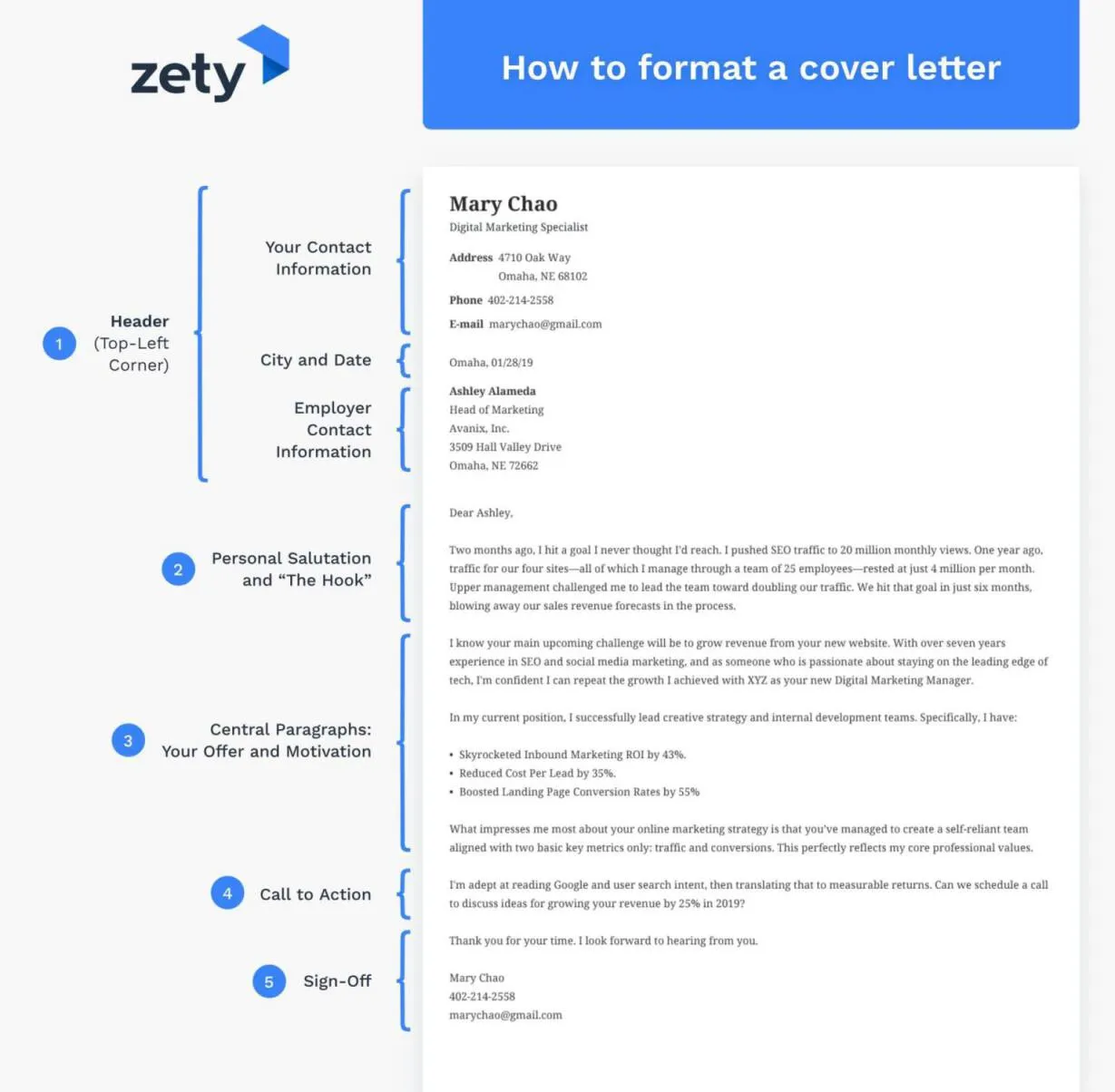
A well-structured cover letter is essential for making a positive impact. It typically follows a standard format that makes it easy for the reader to quickly grasp the key information. A clear, organized structure helps you present your qualifications effectively. Each section plays a vital role in conveying your message. Use clear and concise language throughout. A good structure allows you to highlight your most relevant skills and experiences. Remember to tailor each cover letter to the specific job you are applying for, ensuring that you address the requirements outlined in the job description.
Contact Information Section
Begin your cover letter with your contact information. Include your full name, phone number, email address, and optionally, your LinkedIn profile URL. Place this information at the top of the letter, usually aligned to the left or right. This makes it easy for the hiring manager to reach you. Ensure your email address is professional. This section sets the tone for the rest of the letter, and it’s a simple way to make sure the recruiter can easily contact you. Keep the layout clean and consistent with the formatting of your resume.
Greeting the Hiring Manager
The greeting is your first chance to establish a connection. Address the hiring manager by name whenever possible; this shows that you’ve taken the time to research the company and the role. If you cannot find the name of the hiring manager, a general greeting such as “Dear Hiring Manager” or “Dear [Company Name] Hiring Team” is acceptable, but less personal. Avoid generic greetings like “To Whom It May Concern.” Using the correct name demonstrates your attention to detail and your genuine interest in the opportunity. Always double-check the spelling of the name.
Body Paragraph 1 Grab Their Attention
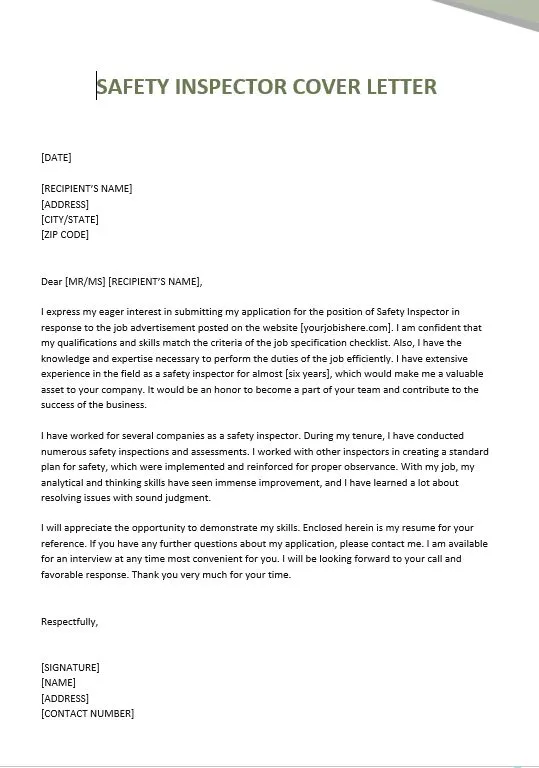
The first paragraph should immediately grab the reader’s attention and state the purpose of your letter. Mention the specific position you are applying for and where you found the job posting. Briefly highlight your most relevant qualification or your enthusiasm for the role. This is your chance to make a strong first impression and convince the hiring manager to read on. Briefly explain why you’re excited about the opportunity. This shows that you’ve put thought into the application. Make it clear why you are the right person for the job.
Body Paragraph 2 Showcase Your Skills
In the second paragraph, provide details about your skills and experiences that align with the job requirements. Refer to the job description and identify the key skills and qualifications the employer is seeking. Use specific examples from your past experiences to demonstrate how you have successfully utilized these skills. Quantify your achievements whenever possible. Explain how your skills and experiences make you an ideal candidate for the position. Tailor this section to each job application. Connect your skills to the company’s needs.
Body Paragraph 3 Highlight Your Achievements
Use the third paragraph to highlight your most significant accomplishments and achievements. This is where you demonstrate the value you can bring to the company. Focus on measurable results, such as increased sales, improved efficiency, or successful project completions. Use the STAR method (Situation, Task, Action, Result) to provide a clear and concise account of your achievements. Showing your accomplishments will help the recruiter see what you can accomplish if hired. Quantify your impact. Providing a concrete example leaves a lasting impression.
Call to Action & Closing
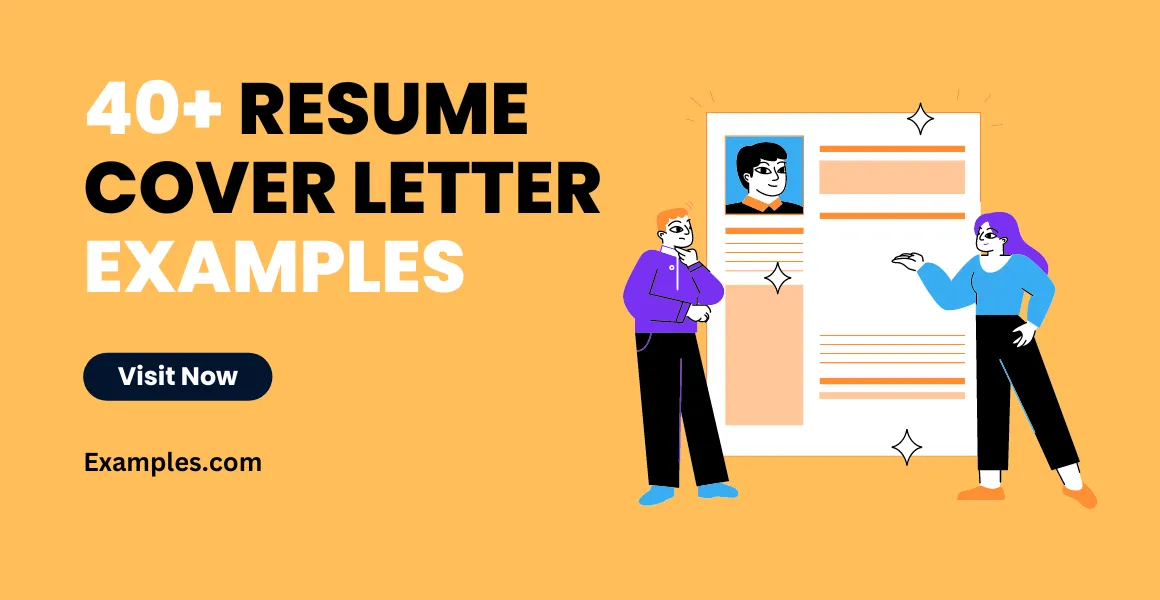
The closing paragraph should reiterate your interest in the position and express your enthusiasm for an interview. Thank the hiring manager for their time and consideration. Include a clear call to action, such as “I look forward to hearing from you soon” or “I am eager to discuss my qualifications further in an interview.” End with a professional closing, such as “Sincerely,” “Best regards,” or “Yours faithfully,” followed by your typed name. The closing is your final chance to leave a positive impression.
Formatting Your Cover Letter
Formatting is crucial for readability and professionalism. Choose a standard font, such as Times New Roman, Arial, or Calibri, with a size between 11 and 12 points. Use single-spacing for the body text and leave a blank line between paragraphs. Align your text to the left, and avoid justifying the text, as this can create uneven spacing. Keep your cover letter concise and avoid paragraphs that are too long; aim for approximately one page. Make sure that the formatting complements your resume, maintaining a consistent and professional look. Proper formatting makes the letter easier to read.
Choosing the Right Font and Size
The font and size you choose can significantly impact the readability and overall appearance of your cover letter. Stick with a classic, professional font, such as Times New Roman, Arial, or Calibri. These fonts are clean, easy to read, and widely accepted by recruiters. Avoid overly decorative or unusual fonts, which can appear unprofessional. Use a font size between 11 and 12 points to ensure the text is legible without being too small or too large. Maintain consistency in your font and size throughout the entire document. Poor font choices can distract the reader from the content of your letter.
Proofreading and Editing
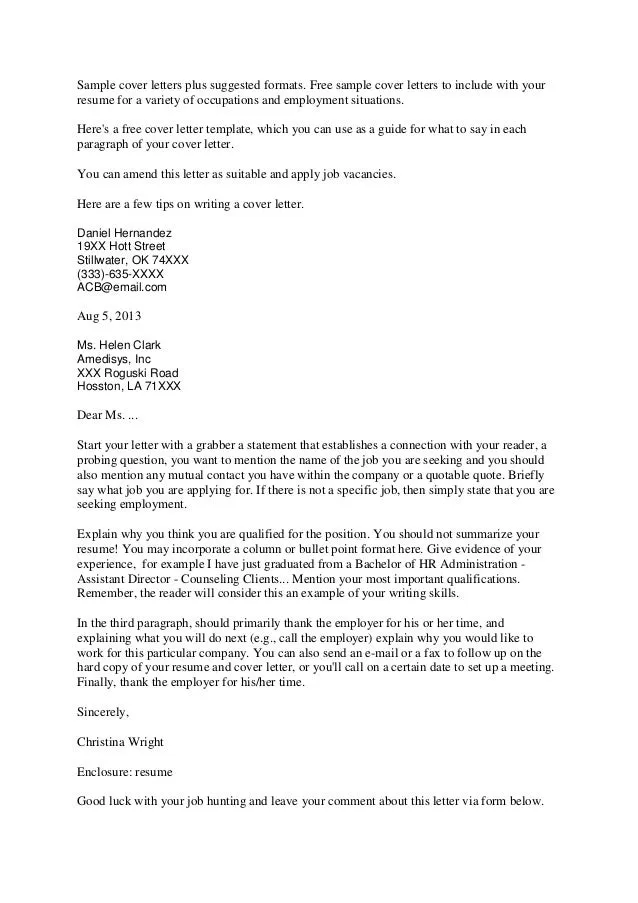
Proofreading and editing are essential steps in the cover letter writing process. Before you send your cover letter, carefully review it for any spelling, grammar, or punctuation errors. These errors can undermine your credibility and make you appear careless. Read your cover letter aloud to catch any awkward phrasing or sentence structure. Consider having a friend, family member, or career counselor review your cover letter. A fresh pair of eyes can often spot mistakes that you might miss. Pay attention to the details, because this shows professionalism and attention to detail.
Cover Letter Examples to Inspire You
Reviewing examples of cover letters can provide valuable guidance and inspiration. Look for examples that are relevant to the type of job you are applying for and the industry you are targeting. Pay attention to the structure, tone, and language used in the examples. Adapt the examples to fit your own skills, experiences, and the specific requirements of the job you’re applying for. Remember that cover letters should be personalized and tailored to each job application. Don’t simply copy and paste; use the examples as a starting point to create your own unique cover letter.
Cover Letter for Different Job Types
Cover letters should be tailored to the specific job and industry. For example, a cover letter for a creative role might have a more unconventional tone. A cover letter for an academic position might need to emphasize research experience and publications. Research the company and tailor your cover letter to align with the company’s values and culture. Always customize your cover letter to the job description. Highlight your skills and experiences that are most relevant to the specific role you are targeting. A generic cover letter is unlikely to impress a hiring manager.
Cover Letter Tips to Get Hired
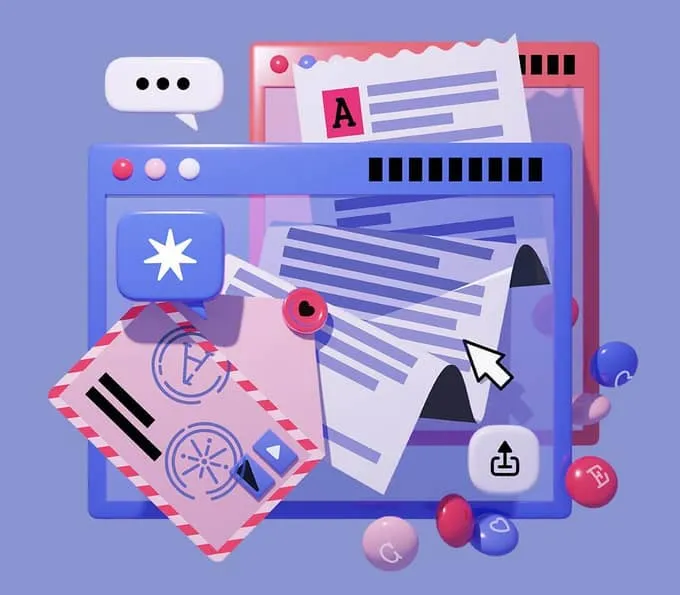
Here’s a compilation of essential cover letter tips. Always tailor each cover letter to the specific job. Use action verbs and quantify your achievements whenever possible. Proofread carefully for any errors. Research the company and address the hiring manager by name. Highlight your most relevant skills and experiences. Show enthusiasm for the role and the company. Keep it concise, ideally one page long. Ensure your cover letter complements your resume. Consider using keywords from the job description. These tips will help you to get hired.
